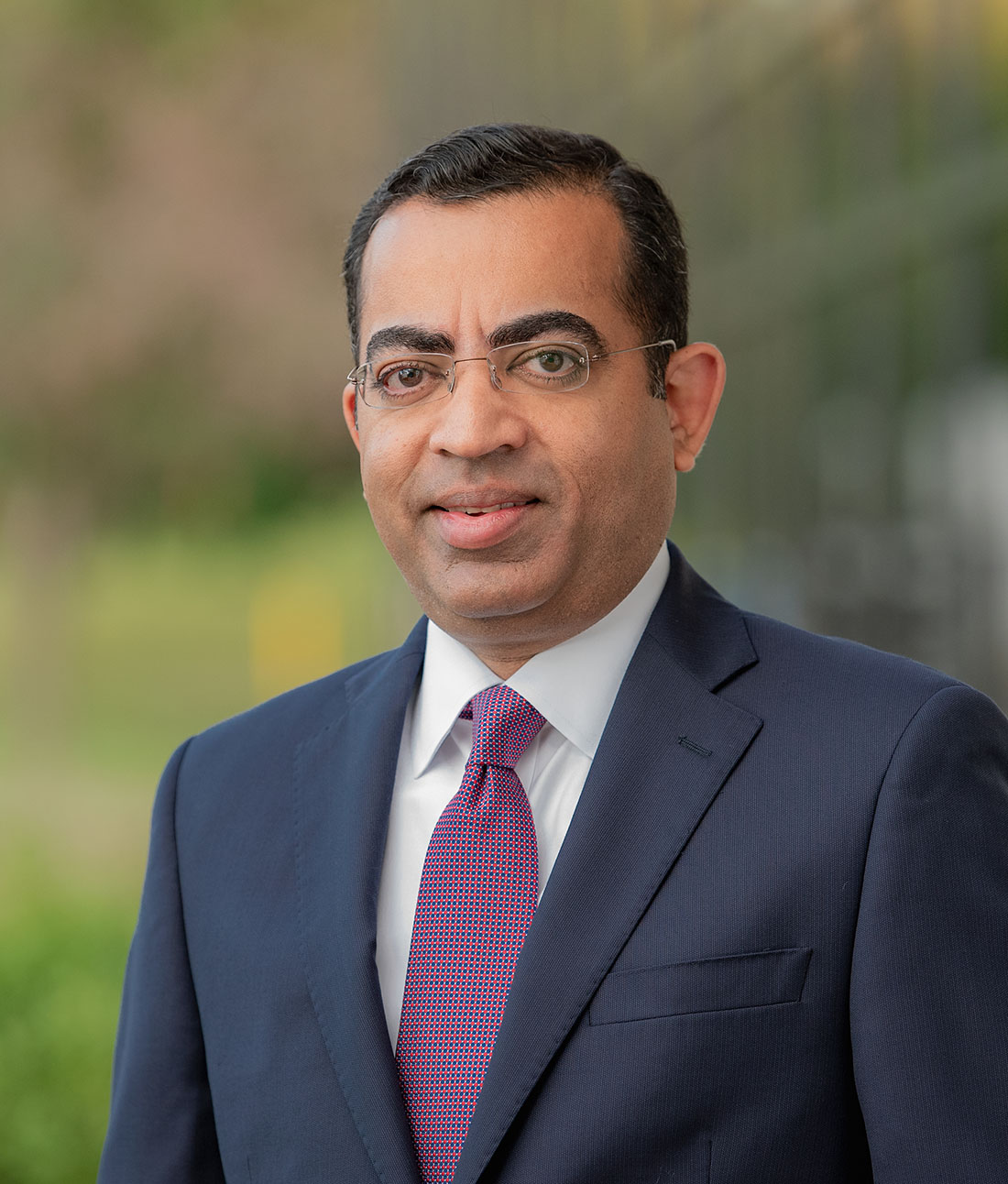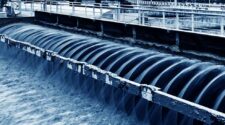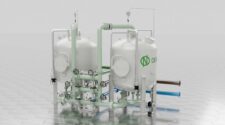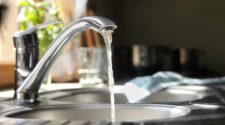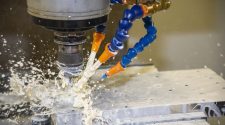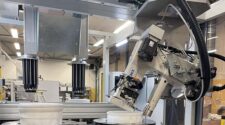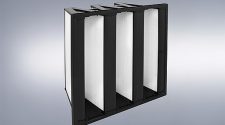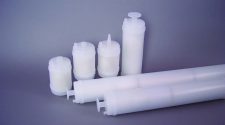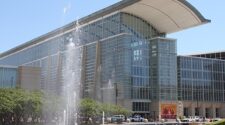With 90,000 employees worldwide, SUEZ provides water and waste management solutions that enable cities and industries to optimize resource management and strengthen environmental and economic performances, in line with regulatory standards. SUEZ’s global business unit, Water Technologies & Solutions (WTS), operates in over 100 countries, employs over 10,000 people around the world and serves over 50,000 industrial and municipal customers globally.
As a technology and service provider, WTS leverages its innovation, expertise and global capabilities to help customers solve their toughest water, wastewater and process challenges wherever they occur. WTS has a broad portfolio, which includes a comprehensive set of chemical and equipment solutions, as well as predictive analytics, to enhance water, wastewater and process productivity. WTS technology and services are designed to reduce costs, drive efficiency, meet environmental regulations and prepare for changing demands.
The business is continually deploying, developing and/or innovating new technologies to meet water source and quality needs, while increasing the level of treatment, improving energy efficiency, capturing valuable resources from the process, and reducing a system’s footprint.
In this edition of IFN, we interviewed Yuvbir Singh, CEO at SUEZ’s Water Technologies & Solutions.
Ed Gregor: Briefly, tell us about SUEZ – Water Technologies & Solutions and what you are responsible for at this time.
Yuvbir Singh: SUEZ is a global company that employs more than 90,000 people around the world and is committed to helping customers better manage their water, waste, and energy resources. I am the CEO of SUEZ’s Water Technologies & Solutions (WTS) global business unit, and we operate in over 100 countries and have over 50,000 customers. Our purpose is to help industry overcome its toughest water and wastewater challenges, and we do that through our unique integrated offering that combines chemical and equipment solutions, services with digital tools.
It’s a pretty well-known fact that by 2025, an estimated two-thirds of the global population will live under water stress conditions. People are waking up to the fact that there is a problem. We believe the way to overcome this challenge is through programs that increase water reuse.
Ed Gregor: What technologies are produced in the United States along with their overall future impact and fit in the overall capabilities of Suez?
Yuvbir Singh: Our technologies and services are manufactured and sold around the world, including in China, Hungary, India and the United States. To name a few in the U.S., we have a plant in Minnetonka, Minnesota that manufactures reverse-osmosis (RO) membranes; our plant in Boulder, Colorado that manufactures analytical instruments; and our R&D labs in both Tomball, Texas and Trevose, Pennsylvania. We also have services centers across the U.S., including Norfolk, Virginia, and our chemical manufacturing plants, such as the one in Beaumont, Texas.
These products, combined with our broad portfolio, help customers meet water-related challenges every day. Originally designed for water desalination, RO membranes are now used in a variety of applications including for water reuse, in the dairy industry, in manufacturing products, for high-purity water and at high temperature and extreme pH conditions. Wastewater chemistry can be complementary to wide array of membrane-based equipment for removing contaminants from water and analytical instruments are critical in measuring and monitoring water quality to meet regulatory requirements.
Ed Gregor: Doing M&A scouting and acquisitions work for SUEZ, where do you believe the company goes from here?
Yuvbir: Singh: As with most organizations, we are always looking across the portfolio to identify gaps or advance currently technology in ways that would benefit our customers. One such area is our digital offering. Digital is moving very fast and everyone is trying to define what it is, what part they’re going to play, and what customers really want and need in this area. The emergence of edge computing is creating interesting opportunities for our business.
Not all advancements are from M&A. To enhance the way we service our customers, we also are looking to see what partnerships we can form to help introduce new technologies or reach new geographies and markets.
Ed Gregor: Will or does SUEZ plan to venture into new areas now beyond water?
Yuvbir Singh: WTS is a technology provider for water and wastewater applications, but we also have technology for process applications. We have a full line of chemical solutions designed to drive process efficiency and control corrosion in the petrochemical, hydrocarbon and chemical production industries. In addition, we have predictive capabilities to help refineries identify crude characteristics, so they can better utilize opportunity crudes without experiencing fouling or negatively impacting their critical assets.
For WTS, we currently serve both water and process applications and will continue to look for opportunities to expand our portfolio and to provide higher value and better services to our customer base. Additionally, being a part of a parent organization like Suez, allows the entire organization to really understand how we can help our customers and pivot to meet those needs.
Ed Gregor: With 90,000 employees Suez must be one of the largest companies in the water business. Please elaborate on the corporate business.
Yuvbir Singh: SUEZ is one of the world’s leading environmental companies. SUEZ provides water and waste management solutions that enable cities and industries to optimize their resource management and strengthen their environmental and economic performances. Every day, SUEZ helps customers to use and recover resources instead of consuming them. In fact, through our full portfolio and digital services, we have enabled customers to the treat over 45 million tons of waste a year, produce 4.4 million tons of secondary raw materials and reuse 1.1 billion m3 of wastewater.
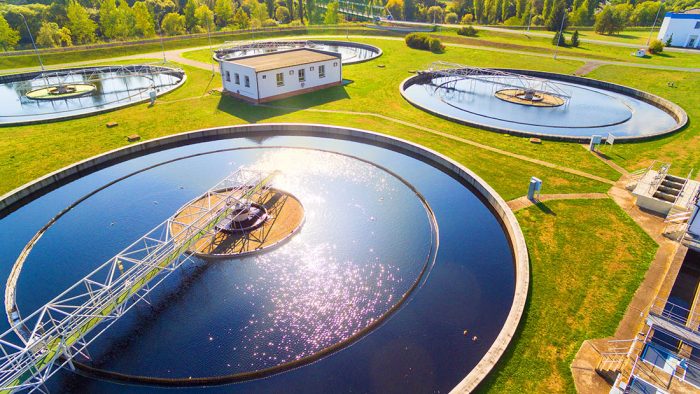
Ed Gregor: From your perspective, what do you believe are the principal trends and/or unmet needs in the water industry?
Yuvbir Singh: It’s a pretty well-known fact that by 2025, an estimated two-thirds of the global population will live under water stress conditions. People are waking up to the fact that there is a problem. We believe the way to overcome this challenge is through programs that increase water reuse. Globally, only 4-8% of wastewater is currently reused. There’s a lot of opportunity for us to close the gap. The good news is that technology already exists to help utilities and industries take this very important step forward.
- MBR continues to be a primary building block for water reuse applications. It is great for plants that don’t have a large footprint, because it allows for upgrades in existing tanks.
- RO is often part of the treatment train for high-quality reuse water due to its efficiency in removing salinity and many inorganic and organic contaminants. It also provides a barrier for pathogens.
- EDR is gaining momentum for streams with brine challenges. This technology is a great option for any wastewater stream that needs TDS removal prior to reuse. It has a high recovery and low fouling tendency; and it can be used after an MBR (or tertiary UF) where TDS removal is required and in lieu of an RO.
- Ozone and UV are both used in the advanced treatment process for potable reuse applications.
- For even tougher to treat waters, like produced water, zero liquid discharge technology can achieve around 98% water reuse.
At WTS, we’ve invested in developing technologies for water reuse and can help customers determine the best technologies to meet their needs.
For more information, visit www.suezwatertechnologies.com or email swts.website@suez.com.


